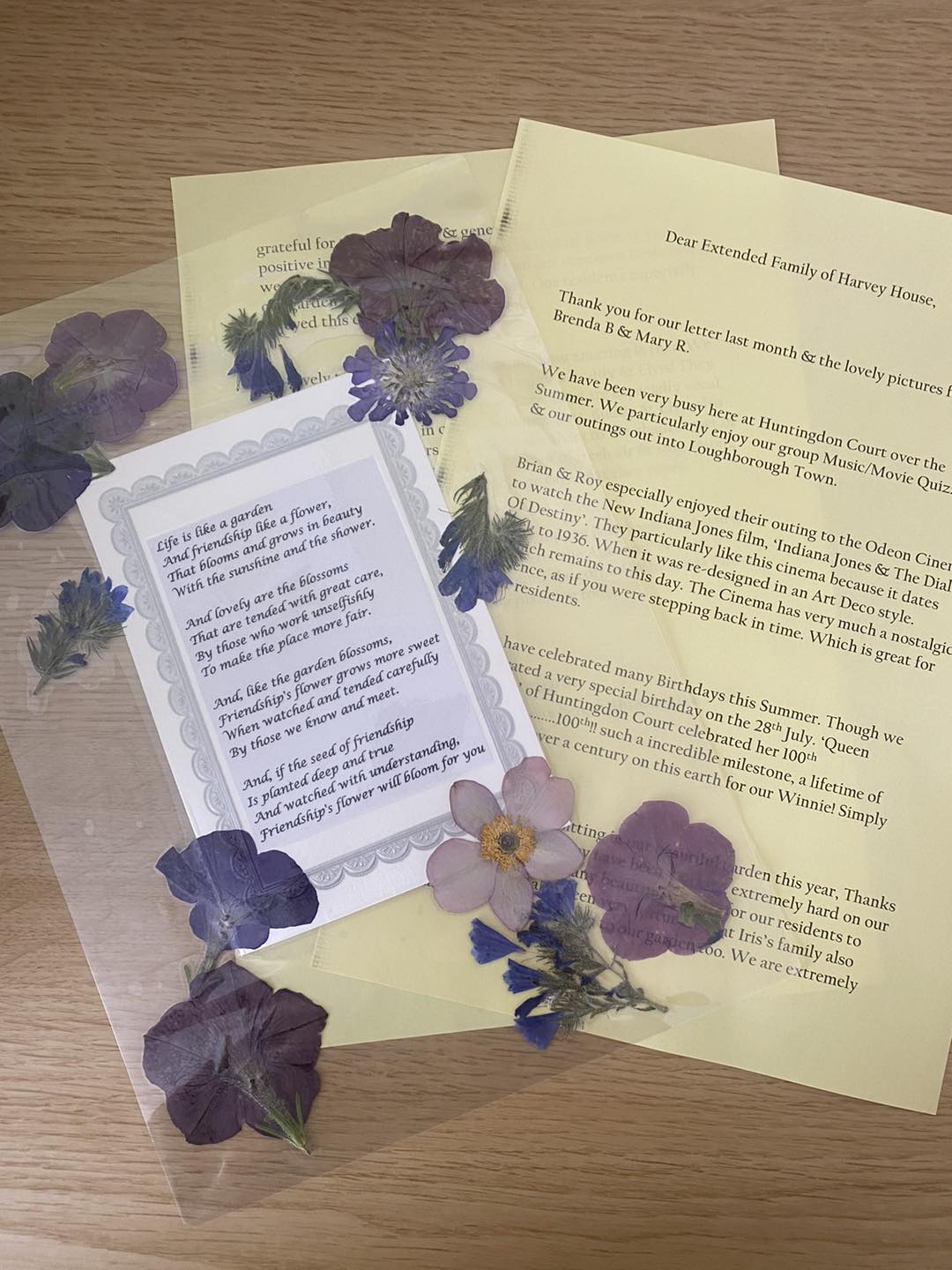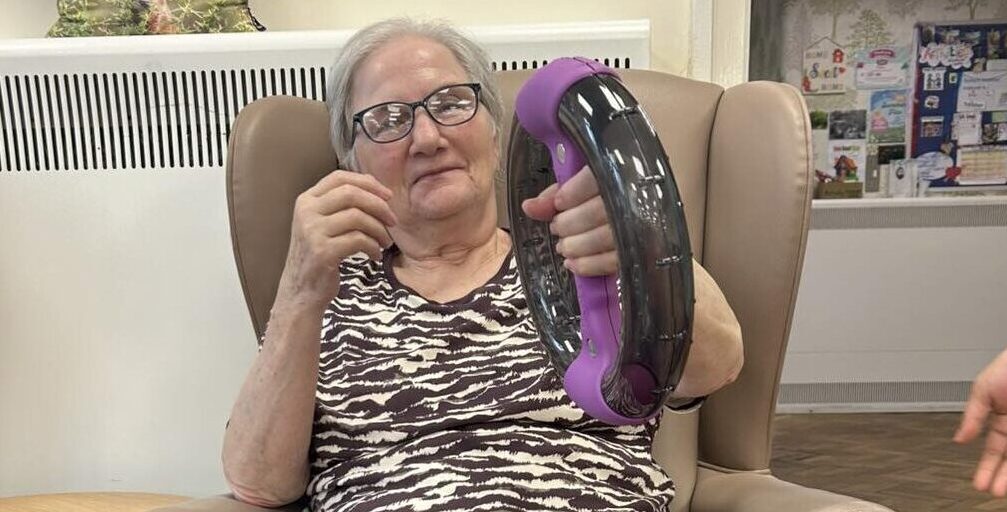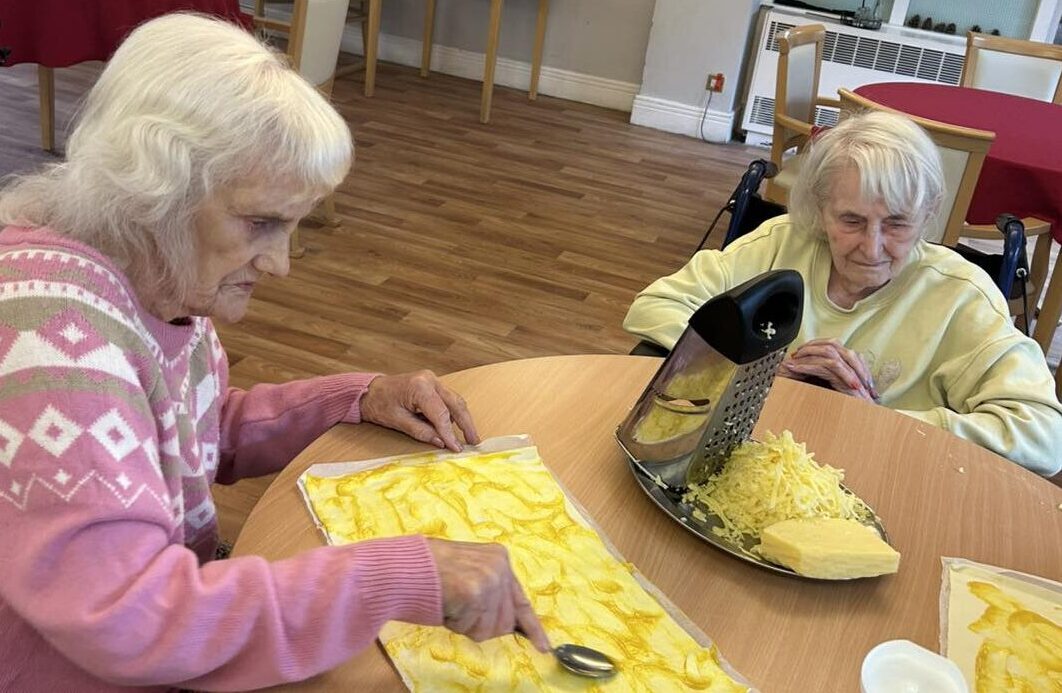Are you aware of the numerous benefits that come from involving children and youth in care home activities? Fostering intergenerational bonds between these two age groups can have a profound impact on both parties involved.
By actively engaging with elders in care homes, children and youth not only develop empathy and understanding but also challenge stereotypes and reduce ageism. Additionally, this interaction enhances emotional well-being, promotes cognitive skills, and contributes to creating a more inclusive society.
When children and youth participate in activities at care homes, they have the opportunity to develop a deep sense of empathy and understanding towards the elderly residents. By spending time with older individuals, they are able to witness firsthand their experiences, challenges, and wisdom gained over years of life. This exposure helps them realize that ageing is a natural part of life and fosters compassion towards the elderly’s physical limitations or cognitive decline. Through meaningful conversations and shared experiences such as playing games or doing crafts together, children learn to value the unique perspectives that come with different stages of life.
In addition to developing empathy, involving children and youth in care home activities also has the power to challenge stereotypes surrounding ageing while reducing ageism within society. By engaging with older adults who may have different abilities or health conditions than themselves or their peers, young individuals become more aware of the diversity among seniors. This exposure breaks down misconceptions about ageing being synonymous with frailty or lack of vitality. As they interact with vibrant elders who actively participate in activities and share stories from their pasts, children begin to see beyond societal stereotypes associated with old age. This newfound perspective encourages them to treat all seniors with respect and appreciate their individual strengths.
Overall, involving children and youth in care home activities offers countless benefits for both generations involved. From developing empathy to challenging stereotypes about ageing, these intergenerational interactions help create a more inclusive society where people of different ages can learn from one another’s experiences. It is clear that fostering intergenerational bonds is not only beneficial for the individuals involved but also contributes to a more compassionate and understanding society as a whole.
Developing Empathy and Understanding
Involving children and youth in care home activities not only develops their empathy and understanding but also fosters a sense of community and intergenerational connection.
When children interact with older adults residing in care homes, they have the opportunity to witness different life experiences and perspectives. This exposure helps broaden their understanding of ageing, illness, and the challenges faced by older individuals. By engaging in meaningful conversations and participating in shared activities, children can develop empathy towards older adults, learning to appreciate their wisdom and resilience.
Moreover, involving children and youth in care home activities creates a sense of community where different generations come together. This intergenerational connection benefits both the young participants and the elderly residents. Children bring energy, joy, and curiosity into care homes, revitalizing the atmosphere for everyone involved. Likewise, older adults offer valuable guidance, mentorship opportunities, and emotional support to younger individuals. Through these interactions, stereotypes about ageing are challenged as both age groups learn from each other’s strengths and experiences. This promotes a more inclusive society that values people of all ages.
By involving children and youth in care home activities to develop empathy and understanding among them while fostering a sense of community and intergenerational connection, we can also tackle ageism by challenging stereotypes about ageing.
Challenging Stereotypes and Reducing Ageism
Break down stereotypes and combat ageism by actively engaging with older adults in care home settings. By participating in activities and conversations with them, you can challenge preconceived notions about ageing and develop a deeper understanding of their experiences.
This direct interaction allows you to see older adults as individuals with unique stories and perspectives, rather than relying on societal stereotypes or assumptions. Through these meaningful connections, you can gain a more accurate understanding of the ageing process and appreciate the wisdom, resilience, and value that older adults bring to society.
Engaging with older adults in care homes not only helps reduce ageism but also broadens your perspective on ageing. It provides an opportunity to witness firsthand the diversity within the older adult population and understand that everyone ages differently. By interacting with individuals who are at different stages of life, you can gain insight into the challenges they face, their aspirations, and their achievements.
This exposure fosters empathy and compassion while dispelling misconceptions about what it means to grow older. By breaking down stereotypes through active engagement, you can enhance your own understanding of ageing while promoting inclusivity and respect for people of all ages.
Enhancing Emotional Well-being
By creating meaningful connections between different generations in care home settings, you can experience a profound sense of emotional well-being. Interacting with children and youth can bring joy, laughter, and a renewed sense of purpose to older adults.
Engaging in activities together, such as playing games, sharing stories, or working on art projects, can create a positive and uplifting atmosphere that nurtures emotional well-being. The presence of younger individuals can also help combat feelings of loneliness and isolation often experienced by older adults in care homes. These intergenerational interactions provide opportunities for social connection and support, which are vital for maintaining good mental health.
Furthermore, involving children and youth in care home activities promotes empathy and compassion among the younger generation. By spending time with older adults who may have physical limitations or cognitive impairments, young individuals develop an understanding and acceptance of diversity in ageing. This fosters a more inclusive society where ageism is challenged and stereotypes are broken down.
Enhancing emotional well-being through these intergenerational bonds sets the stage for promoting cognitive skills among both older adults and younger individuals alike.
Promoting Cognitive Skills
Engaging in activities that stimulate the mind and challenge cognitive abilities can have a profound impact on overall brain health. When children and youth participate in care home activities with older adults, they have the opportunity to develop and enhance their cognitive skills.
These activities may include puzzles, board games, storytelling sessions, or even collaborative projects like arts and crafts. By engaging in such activities, young individuals can improve their problem-solving abilities, critical thinking skills, and memory retention. Moreover, interacting with older adults who may have a wealth of knowledge and life experiences can broaden their perspective and encourage them to think outside the box.
This intergenerational exchange fosters a positive learning environment for both the younger generation and the elderly residents.
By promoting cognitive skills through intergenerational care home activities, we are taking an important step towards creating an inclusive society where people of all ages are valued for their contributions. As children and youth interact with older adults during these stimulating activities, they break down generational barriers and stereotypes. They learn to appreciate the wisdom that comes with age while also recognizing that intelligence knows no boundaries of time or age.
This understanding helps create a society where individuals from different generations can work together collaboratively, respecting each other’s strengths and unique perspectives. By fostering intergenerational bonds through cognitive stimulation, we build bridges between generations that ultimately lead to a more cohesive and harmonious community.
Creating an Inclusive Society
Creating an inclusive society involves actively fostering connections and understanding between different generations, promoting a sense of unity and respect for all individuals.
By involving children and youth in care home activities, we can break down barriers and create a more inclusive environment. When young people interact with older adults, they learn to appreciate the wisdom and experiences that come with age. This not only helps them develop empathy and respect for the elderly but also challenges any negative stereotypes or biases they may hold. In turn, older adults benefit from these interactions by feeling valued, heard, and included in society.
By bridging the generational divide, we can create a community where everyone feels seen, respected, and included.
In an inclusive society, intergenerational activities provide opportunities for people of all ages to come together and engage in meaningful ways. Children and youth bring energy, enthusiasm, and new perspectives to care homes. They can participate in various activities such as art projects, storytelling sessions, or even garden maintenance alongside older adults.
This interaction not only promotes socialization but also helps combat feelings of loneliness or isolation that may be prevalent among the elderly population. Moreover, involving children in care home activities allows them to witness firsthand the importance of compassion, patience, and understanding towards others who are different from themselves.
Creating an inclusive society through intergenerational connections benefits both young people and older adults by fostering mutual understanding while breaking down societal barriers based on age.
Frequently Asked Questions
How can intergenerational activities in care homes benefit the mental health of children and youth?
Participating in intergenerational activities at care homes can be a fountain of mental well-being for children and youth. The interactions with older adults provide emotional nourishment, like a soothing balm for their minds.
What are some strategies for fostering empathy and understanding between children/youth and older adults in care homes?
To foster empathy and understanding between children/youth and older adults in care homes, encourage regular interaction through activities such as storytelling or arts and crafts. This helps to break down generational barriers and build meaningful connections.
Are there any specific activities or programs that have been particularly successful in challenging stereotypes and reducing ageism?
One successful activity is the “Generations Together” program, which pairs children with older adults for art workshops. This challenges stereotypes and reduces ageism by fostering meaningful connections and promoting understanding between generations.
How do intergenerational activities in care homes contribute to the emotional well-being of older adults?
Intergenerational activities in care homes contribute to the emotional well-being of older adults by providing companionship, reducing feelings of isolation, and promoting a sense of purpose and fulfilment through meaningful interactions with younger generations.
What are some examples of cognitive skills that can be enhanced through intergenerational activities in care homes?
Intergenerational activities in care homes can enhance cognitive skills like problem-solving, memory, and communication. Engaging with children and youth stimulates the brain in ways that even make Einstein jealous.
Conclusion
In conclusion, involving children and youth in care home activities has numerous benefits that extend far beyond the surface. By fostering intergenerational bonds, we’re not only developing empathy and understanding but also challenging stereotypes and reducing ageism.
These interactions enhance emotional well-being for both the young and the elderly, creating a sense of belonging and purpose.
Furthermore, promoting cognitive skills through these activities helps children develop critical thinking abilities while providing mental stimulation for older adults. This inclusive approach to care homes creates a society that values individuals of all ages, breaking down barriers and fostering a sense of unity.
Just as a river flows freely, so do the relationships formed between generations when they come together in care home activities. Each encounter is like a pebble dropped into the water, creating ripples that reach far beyond what meets the eye. It is through these shared experiences that we learn to navigate life’s currents with compassion and understanding.
So let’s continue to embrace this practice, bridging the gap between young and old, for it’s in these connections that we find strength, wisdom, and love. Together, we can create a world where every generation is valued and cherished – a world where intergenerational bonds thrive like flowers in full bloom.




